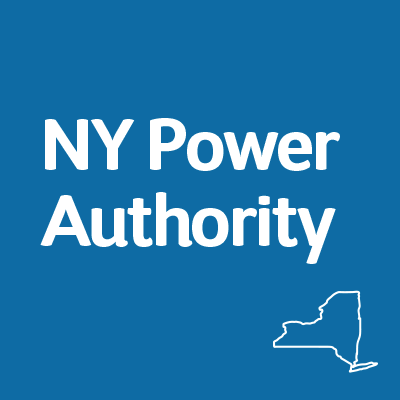
State auditors say NYPA overstated the number of jobs retained under the ReCharge NY program by nearly 30,000 in public reporting. Auditors were also critical of NYPA’s efforts to monitor whether customers met job targets. It allowed 12 customers, who refused to provide payroll information, to self-certify or provide alternative data which provided limited assurance that promised job targets were met.
“The New York Power Authority grants low-cost power to hundreds of businesses and not-for-profits, but its methods for determining eligibility were not implemented consistently and contained errors, giving some applicants advantages over others with higher scores,” DiNapoli said. “NYPA also needs to hold all customers to the same rules when verifying job promises and accurately report this information to taxpayers. NYPA has already acted on some of the auditors’ recommendations, but needs to do more. NYPA should take the measured steps recommended by our auditors to improve operations.”
Under state law, the State Comptroller is required to conduct an audit of NYPA’s management and operations every five years. The last audit was released in 2011. In the audit released today, auditors examined ReCharge NY, the disposition of personal property, and the energy efficiency program. While the audit period varied for each area examined, the timeframe for the largest program area, ReCharge NY was April 2011 to January 2016.
Since 2012, NYPA has allocated power through ReCharge NY to businesses and not-for-profits that agreed to retain or create jobs in New York and to make capital investments. Businesses and not-for-profits must apply to the program, and applications are scored based on 12 criteria for job retention or business expansion. Overall, NYPA has 910 megawatts (MW) of power it can allocate statewide for economic development. Fifty percent of the power comes from hydropower, and the remaining 50 percent is purchased by NYPA on the open market.
Auditors determined that NYPA overrode several applicants’ scores without publicly disclosing it. This resulted in 36 applicants receiving no power when they could have based on their scores. It also made errors in the scoring method used to rank applicants for power. For example, auditors examined 41 applicants and found 18 mistakes in how data was entered, causing one company to not get power.
When auditors examined whether NYPA properly disposed of property, they found NYPA sold vehicles below average trade-in values and got rid of scrap metal and plant equipment valued at over $900,000 without ensuring they received a fair price.
Overall, auditors found that NYPA’s energy efficiency program was relatively well-run. Auditors encouraged NYPA to ensure it had proper documentation to demonstrate cost savings.
DiNapoli recommended NYPA:
- Conduct an independent and objective review of the power allocation models for accuracy and completeness before applicants are recommended for approval;
- Exclude businesses and not-for-profits that have not signed a contract from any public reporting of program results;
- Take action to reduce contract power allocations when customers do not meet contract commitments, such as power utilization or base employment levels, or document the reasons why no action was taken;
- Establish controls over the valuation and sale of scrap metal and improve controls over fleet asset sales; and
- Require project managers to prepare and maintain records to document the energy efficiency savings.
NYPA officials disputed the auditors’ findings.
All WNY is made possible thanks to coffee and sleep deprivation.
We appreciate your readership. We like money, too.

